The Changing Face Of A Maturing Industry: Turning Challenges Into Opportunities
Last month, I wrote how the lawn and garden industry has reached maturity in the business cycle. The needs of aging Baby Boomers have shifted; a greater proportion of Boomers now have the financial resources to hire professionals to complete their gardening projects. Lawn and garden services are expanding while retail sales have sputtered. This shift to the service sector presents unique business challenges and opportunities for all segments of the industry.
In this article, I will explain changes that are impacting the industry and how business owners can turn challenges into business opportunities.
Revelations
In 2006, we wrote the sequel to our 2000 Grapevine Survey; we noted that the industry’s maturity, and consumers have adapted different buying habits and created new trends over the preceding six years. There are many reasons behind these trends:
- Aging Boomers are directing more resources toward services.
- Younger homeowners between the ages of 25 and 40 have vastly different attitudes about gardening.
- Gardening today is more of a product or service than a pastime.
- Today’s generation has grown up with and is familiar with the box retail stores.
- The gardening hobbyist has been replaced by a lifestyle consumer.
- The notion of instant-gratification gardening is not a passing fad.
Impact On Businesses
Retailers. For many garden centers, including independents and box stores, customer counts are declining. The proportion of homeowners who are exclusively the Do-it-Yourselfers (DIY) has stagnated while the Do-it-for-Me (DIFM) segment has grown; these changes are impacting retail revenues. On the other hand, growth in projects involving outdoor-living trends is strong and DIY consumers want a 1-stop shop for all their project supplies.
Many consumers today are willing to pay for some level of expertise to achieve a desired end result. The locally owned garden center is generally the preferred destination for getting that expertise. Retail centers should expect increased consumer demands for experienced staff, training systems and tools.
Younger homeowners are most familiar with top-of-mind gardening brands and retailers, such as Lowe’s or Home Depot; for them, the value proposition of the locally owned gardening center is less understood.
Growers and suppliers. Volume growth is expected to trend with population changes and housing development. Gains will be realized via increased distribution in existing markets and capitalizing on growing population centers. Market share will be gained at the expense of others.
Product branding will become increasingly important, particularly to those in younger generations. Showing consumers how a product should be cared for will increase, and consumers will expect products to appeal to them in typical consumer product fashion.
Landscapers and lawn maintenance. Trends suggest this segment will outpace industry growth as a whole. However, short-term results may be impacted by housing market and interest rate fluctuations. In addition, as more consumers turn to services, landscapers will be faced with requests that may be outside their core competencies. There will be greater competition as new providers such as retailers enter the service market. Margins will come under pressure.
Potential Opportunities
Figure 1, left, identifies five major trends affecting a mature lawn and garden industry today; we have presented examples of potential opportunities for industry sectors to consider. For instance, to redefine its value proposition, a retail center may adopt a more youthful and contemporary positioning in order to attract new consumers. Or growers may find ways to repackage products that are more consumer friendly.
Landscapers can partner with homebuilders as the exclusive vendor for new home landscaping.
DIY Is Not Dead
Though an aging Boomer population is turning more to hired services, the DIY market is far from dead. The vast majority of consumers still pursue some projects on their own. The local garden center is increasingly relevant in those areas where DIY remains strong. The 2006 Grapevine Survey asked this question: “In the last three months, have you completed any type of lawn maintenance, gardening, or landscaping project without the help of a professional?” An overwhelming 91 percent of respondents said yes. Figure 3, right, shows how their answers are distributed by age:
At the same time, respondents were asked if they had hired a professional for any type of lawn maintenance, gardening or landscaping project within the past three months. Thirty-four percent answered yes; a large proportion of these affirming respondents are age 55 and older.
This is significant in understanding how today’s consumer differs from past consumers. Figure 4, page 18, shows more than one-third of respondents have turned to professionals to complete a lawn or garden-related job. This, along with other reasons, validates the conclusion that more new dollars are flowing to services than to retail.
Another consumer segment that has emerged in recent years is a hybrid form of DIY and DIFM; we call this the Do-Some- of-it-for-Me (DSOIFM). DSOIFM consumers will split the responsibilities of completing a project between themselves and a professional. As mentioned last month, the DSOIFM consumer represents 40 percent of the mix among the DIY, DIFM, and DSOIFM consumer segments. While the DSOIFM consumer may not be particularly enamored with the hard work, they do enjoy the process of landscaping. Given budget constraints, they may or may not hire a professional for certain aspects of their project. This fact, in and of itself, is important: The DSOIFM consumer is asking that professionals unbundle services so they can pick and choose what jobs they want to do themselves and what they want to hire a professional to do.
Your Business And Today’s Consumer
In today’s changing markets, the difference between marginal success and a thriving profitable enterprise may rest with your understanding of today’s consumer. The tide has turned and the numbers show that, though not dead, the DIY market is stagnant; more consumers are hiring professionals to do the jobs they once completed themselves.
Why, then, has this change come about now? First, aging Boomers are turning to professional services, thus diverting revenues from retailers to service-oriented companies. Second, consumers don’t have time available to get the jobs done themselves. Today’s consumers are faced with many distractions and options for their time and money.
Third, we have become a service-oriented culture. We now hire experts for those areas where we are less skilled. And last, the media has had a tremendous impact on the industry. Home improvement television has created enormous awareness about what can be accomplished in a back yard. The media has also fueled greater expectations for instant gratification. In truth, the media is the number-one motivator for completing landscaping projects today.
There are plenty of challenges facing the lawn and garden industry today. There are also many opportunities and ideas for the industry to implement. Understanding the needs of today’s consumer is paramount. The obstacles may seem daunting, but practical solutions are available that, when implemented, will help redefine the future of the industry.




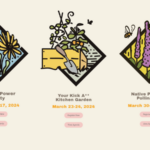

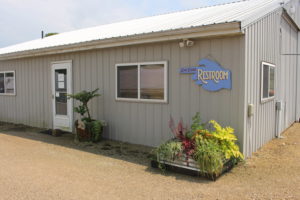
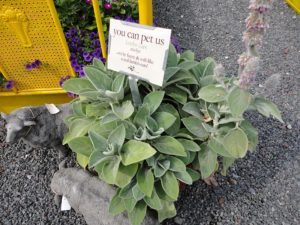

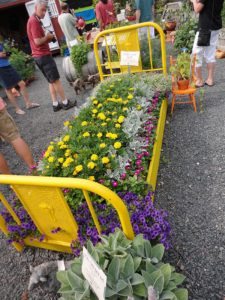


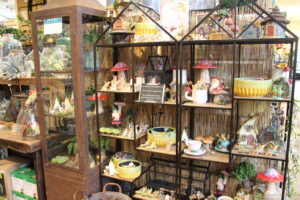





 Videos
Videos





